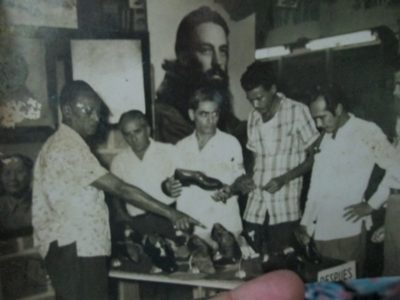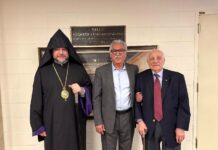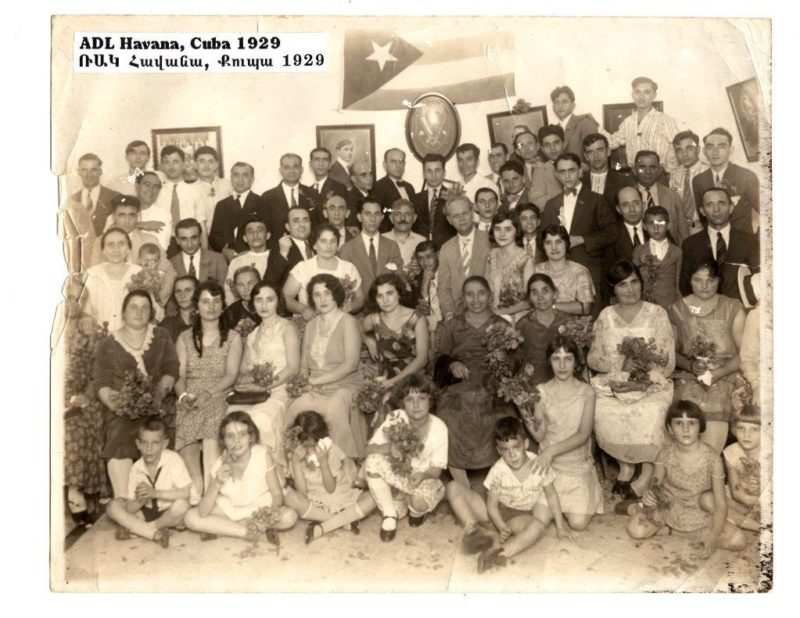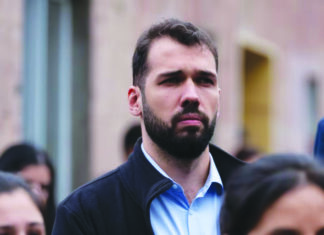By Carlos Antaramian
Special to the Mirror-Spectator
The image of Cuba has long been tinged with the exotic: beautiful beaches, swaying palm trees, people dancing, enjoying fine rum while smoking a Havana cigar, placidly enjoying life. “In Cuba, one enjoys life,” say Cubans smiling, but that idyllic image has not resulted in the island being viewed as a favored migration destination, since what most migrants seek are better work opportunities or conditions that facilitate starting up a business and improving their material conditions of life. In colonial times, however, Cuba did receive a constant flow of migrants, mainly people coming from various regions of Spain and others forcibly expelled from several areas of Africa during the time of the slave trade. Much later, toward the end of the 19th century and into the early 20th, Cuba was not a major destination for the large migratory waves that departed Europe or the Middle East, their eyes set on the Americas. The main target, by far, was the United States (72%), followed, well behind, by Canada, Argentina, Brazil, Uruguay, and Venezuela. Other countries in the Americas, among them Mexico and Cuba, received only very small numbers of international migrants.
As a result of World War I, the US government launched a campaign to establish firmer control over the flows of immigrants crossing its borders by stipulating, among other measures, that all immigrants had to have a passport and visa. Then, in 1921, the US Congress set quotas, plagued with racism, which limited the influx of migrants from several countries in Asia, the Mediterranean, and the Middle East, including ethnic Chinese, Japanese, Italians, Jews, Lebanese, Greeks, and Armenians, who from that date onwards saw their possibilities of entering the US severely curtailed. Those circumstances forced them to look to other destinations.
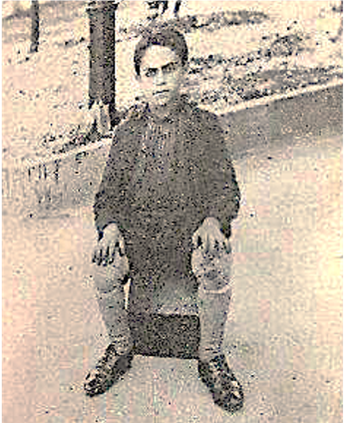
Early on, these included countries seeking migrants like Argentina, Brazil, and Uruguay. Some opted to go to Cuba or Mexico, often with the idea of settling there only temporarily before taking advantage of their proximity to the US to obtain the required visa and migrate definitively northwards. One option consisted in purchasing false documents in Havana or Mexico City and trying to use them to enter the US. For example, according to reports by migration agent Feri Felix Weiss, a thriving clandestine market in Havana provided passports and visas to Armenians, Jews, Greeks, Syrians, and Lebanese, among others (Libby Garland, After They Close the Gates: Jewish Illegal Immigration to the United States, 1921-1965, The University of Chicago Press, 2014, p. 90).
A second was to move to the border area and cross into the US illegally through one of many poorly-guarded border points. This practice, of course, would be utilized by countless thousands of migrants. A third possibility was to travel as a stowaway on boats from Cuba, reaching the shores of Florida clandestinely.



